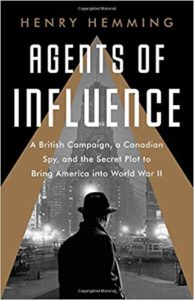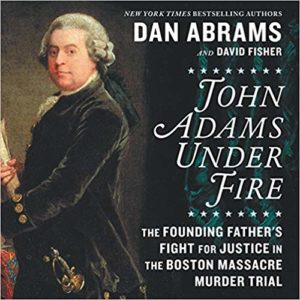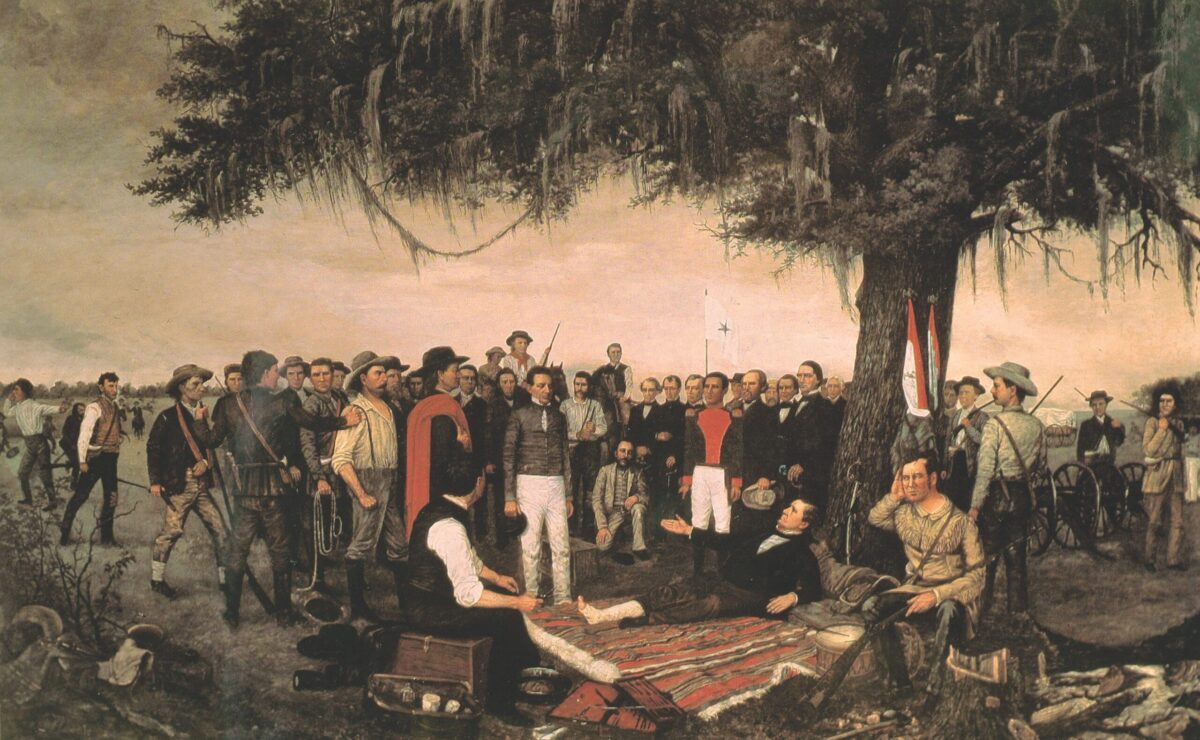History of the Lone Star State connects the prominent dots and tells stories of the lesser known
Asked by University of Texas Press to write a history of the Lone Star State, Austin-based writer Stephen Harrigan initially declined. A lover of history, Harrigan mainly had dealt in magazine and newspaper articles and novels. That this son of Texas relented and put his shoulder to the wheel is the great good fortune of anyone interested in a good read about the place.

By Stephen Harrigan
University of Texas
2019; $35
Weaving an engaging narrative that stretches from the earliest Spanish forays—Cabeza de Vaca, Coronado—to recent notables Ann Richards, Barbara Jordan, George W. Bush, Willie Nelson, Selena, Norma McCorvey et al, Harrigan has crafted a volume of almost 900 pages that reads like a series of presentations by master storytellers. He connects the prominent dots of much-discussed figures and events with threads about everyday Texans whose stories, many told here for the first time, illustrate important parts of the state’s history. Even when Harrigan is trading in the familiar, he marshals fresh detail about women, enslaved Africans, Native Americans, poor whites, and other stripes of Texan often overlooked in accounts of the state’s formation. Forgoing the shield of omniscient third-party narrative, Harrigan also weaves himself into the text, as when he describes trips to the sites of events in his chronicle. Besides relying on the usual sources, primary and otherwise, he interviewed a host of individuals with personal knowledge of places and events, working in that material with a colloquial style that conveys the real flavor of Texas in all its diversity, from witnesses of power and fame to the ordinary and unknown, and from the heroic and admirable to the dark and shameful. His unblinking treatment of racist activity by the Texas Rangers, for example, might jar the legendary force’s unalloyed fans, but ought not discourage them and everyone else from reading on.
Harrigan laces the requisite military-political analysis with cultural history, addressing art, literature, movies, folklore, music, and much more in compelling prose. And he gives the reader a break by eschewing footnotes—all references are in the extensive appendices. The title, from a statement by the artist Georgia O’Keefe, perfectly suits this well-researched and highly readable book. —Barbara Finlay contributes regularly. Her most recent article was “The Best Kind of Cultural Collision” (August 2018).

Those familiar with the life of novelist and one-time MI-6 agent Ian Fleming will know that, escapist plots and melodrama aside, the world within which Fleming set his James Bond novels really did exist. Agents of Influence chronicles how an operative with Britain’s famous intelligence service employed political networking and manipulation to thwart a villain far beyond Fleming’s imagination.
As MI-6 grew in the months between the 1938 Munich Crisis and Germany’s 1939 invasion of Poland, the spy shop found a perfect recruit in William Stephenson. A decorated World War I flying ace, the Canadian-born Stephenson became a self-made millionaire. He sustained his business success by running an informal intelligence network across northern Europe. Early in 1939 Desmond Morton, soon to be Winston’s Churchill’s spy chief, persuaded Stephenson to put his network at MI-6’s disposal. When war broke out September 2, Stephenson himself joined MI-6.
First sending him to Sweden, the agency next assigned Stephenson to the United States. He was to work with FBI director J. Edgar Hoover, whose desire to assist Britain was being hampered by State Department isolationists. The seasoned American professional and the talented British amateur quickly found common cause. Within a days President Franklin Roosevelt had approved a secret deal between the FBI and MI-6 to bypass State. Stephenson was MI-6’s head man in America as Churchill was beginning his solitary stand against Hitler.
Stephenson’s brief, at which he proved adept, was to use cover means to tilt American politicians and public opinion toward enthusiastic support for Britain. His network discovered information the FBI used to link German agents to a leading isolationist group. Press coverage linking the German embassy’s commercial counselor to the head of Texaco and to honchoes at General Motors came courtesy of MI-6 agents working against weaker, less talented opponents. Isolationists could merely argue that it was someone else’s job to stop German aggression. Stephenson needed to demonstrate that Germany would stop only if the United States stepped up. He did, and it did. —James Baresel is a freelance writer in Front Royal, Virginia.

On March 5, 1770, British soldiers stationed in Boston fired into an unruly crowd, killing five. The incident stoked outrage throughout the American colonies and satisfaction among local revolutionaries eager to further the cause of independence. Eight soldiers and their commanding officer were charged with murder. Chief ABC News legal correspondent Dan Abrams and veteran historian David Fisher mine a mass of documentation including—rare for the time—a trial transcript to deliver a lucid account of the episode.
The authors point out that in the 1700s police did not exist. Soldiers could guard buildings and quell major violence, but a mob faced little opposition if participants decided to burn a shop, trash an official’s house, or tar and feather a loyalist. Such had been the case for years in Boston, egged on by Samuel Adams, John Hancock, and other activists.
A friend of jailed Captain Thomas Preston begged Sam Adams’s lawyer cousin John to take the Redcoats’ case. Adams agreed to what he called in his diary “one of the most gallant, generous, manly and disinterested Actions of my whole Life, and one of the best Pieces of Service I ever rendered my Country. Judgment of Death against those Soldiers would have been as foul a Stain upon this Country as the Executions of the Quakers or Witches, anciently.” Adams’s practice suffered, and enemies never failed to denounce him for taking the enemy’s side, but historians agree that he acted nobly.
Defending Captain Preston in one trial and his troops in another put Adams in an awkward position. He could have sought acquittal for the soldiers by persuading jurors Preston had ordered them to fire, but as Preston’s lawyer he successfully argued that the captain had not done so. Led by Adams, the defense claimed the troopers, feeling mortal danger, acted in self-defense. A stream of witnesses spoke in validation, and the jury mostly acquiesced, acquitting six Redcoats and convicting two of manslaughter. As punishment, the authorities branded an “m” into the flesh of the men’s right thumbs. Slapdash by today’s standards, the trial featured diversions, prejudice, and hearsay now forbidden. Most readers will agree that justice was done, though they may wish the authors had quoted less of the verbatim transcript.
This engrossing account of 18th century legal procedure and the colorful individuals involved in the colonies’ most celebrated trial delivers another boost to John Adams’s rising reputation. —Mike Oppenheim writes in Lexington, Kentucky.





